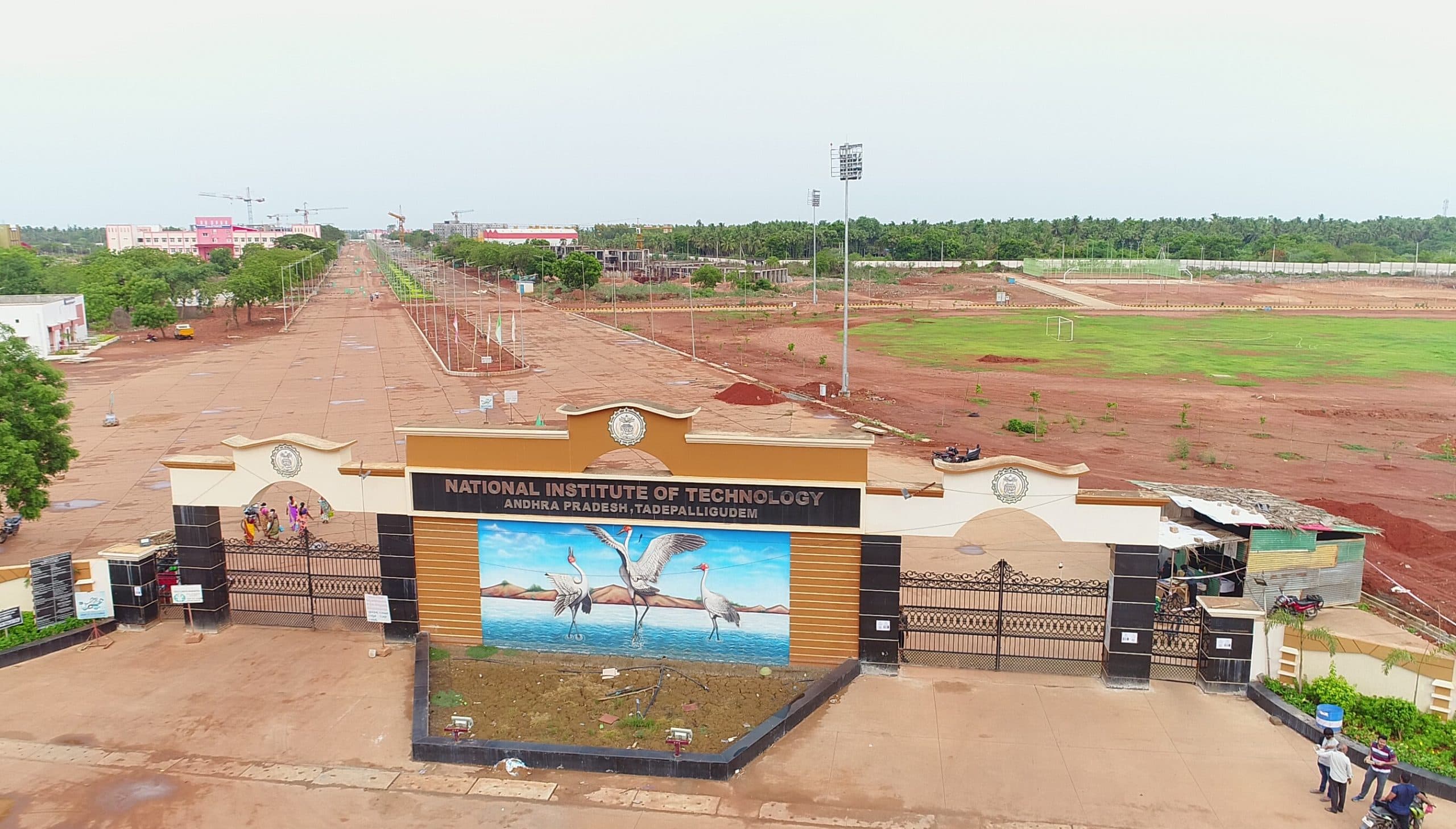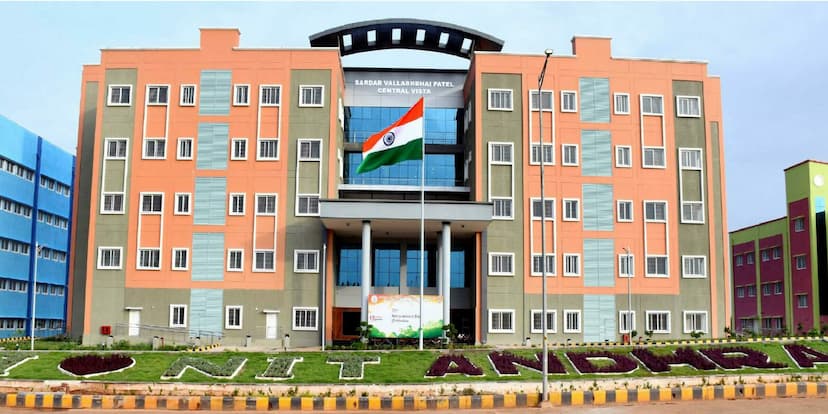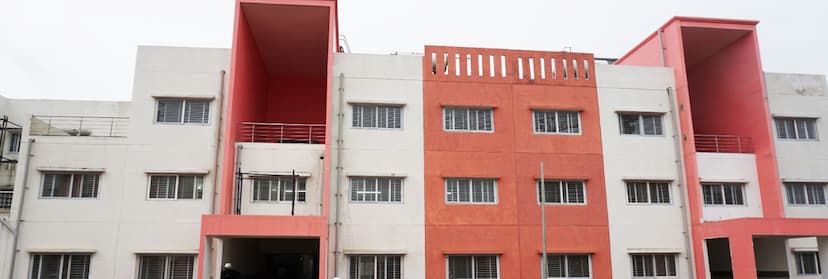CRDTH to be established at great NIT Andhra Pradesh

CRDTH in the renewable energy sector will be established at NIT Andhra Pradesh. This would enhance the productivity and competitiveness of Micro and Small Enterprises by providing assistance in technological problem solving and capacity building.
CRDTH
CRDTH is expanded into Common Research and Technology Development Hub and is sponsored by Department of Scientific and Industrial Research. This hub will help local micro and small enterprises develop technological solutions for off-grid and on-grid renewable energy systems and nurture start-ups.


Project
Department of Electrical Engineering of NIT Andhra Pradesh in collaboration with other departments of the institute will be leading the work related to the project of CRDTH.
Key aspects
Professor CSP Rao, director of NIT Andhra Pradesh spoke about the key aspects of this project related to CRDTH. Our Institute aims to establish state-of-the-art CRTDH (Common Research and Technology Development Hub) in the renewable energy sector and to provide research and testing services to local Micro and Small Enterprises (MSEs).
India has crossed the milestone of 100 GW in renewable energy generation and moved towards strong green and sustainable energy transition, he said. Speaking further about CRDTH, Professor Rao said this CRDTH will bridge the gap between academia and industries and will strengthen the relationship for mutual benefits.

Read More – Top 20 countries to study medicine at low cost
I congratulate the Department of Electrical Engineering of NIT Andhra Pradesh for creating such a Research and Development Centre and shows gratitude to DSIR for the sanction of the project, he said.


Ø Delivering first hand Research and Development technological solutions to the MSEs’ in the Renewable Energy sector including testing services
Ø Developing data-driven simulation and design tools for assessment of renewable resource potential, cost assessment, operation-maintenance planning and risk assessment through testing and characterising of renewable resources
Ø Designing and developing solutions to the decentralized power generation and to increase the penetration of renewable energies to the grid
Ø Developing optimal sizing and power control strategies for hybrid renewable systems consisting of photovoltaic, wind, hydro, fuel cells including battery management.

Also read ‘Want to study Law? Know the top 20 law entrance exams in India‘
Ø Analyzing the power converters efficiency and reliability by developing loss models and mission profile parameters taken at MSE’s location towards the selection of suitable power converters in renewable systems
Ø Supporting MSEs in technological solutions towards Power quality enhancement in off-grid and on-grid renewable energy systems
Ø Skill development of manpower of MSEs through training and capacity building programmes
Ø The information on deliverables of the research outcome/testing equipment will be shared with MSEs through an online interactive portal

Key objectives
Dr. V. Sandeep, Head, Department of Electrical Engineering at NIT Andhra Pradesh spoke about objectives of CRDTH. CRDTH will cater to the needs of Renewable Energy-based Micro and Small Enterprises in Vishakhapatnam and Chennai industrial corridor supporting Government’s ‘Make in India’ initiative by the inclusion of various stakeholders’ expertise in the Institute.
We will improve the skill sets of Micro and Small Enterprises (MSEs) manpower in the creation of a platform that will facilitate training in special areas of renewable system. Dr. Sandeep is also project manager at CRDTH.

CRDTH facilitates Micro and Small Enterprises to participate in building alternative systems for sources of energy and encourages Indigenous design, development and manufacturing capability of cost-effective processing equipment and energy-efficient technologies to reduce energy consumption, he said.
Also Read – Top 20 Most toughest exams in India
Dr. P. Sankar is also the project manager with CRDTH. Dr Dinesh P. Sankar Reddy, Registrar In-charge, NIT Andhra Pradesh, appreciated the working team and encouraged the faculty members for applying such industry-sponsored research projects towards strengthening the academia-industry relationships of the institute.

S Vishnu Sharmaa now works with collegechalo.com in the news team. His work involves writing articles related to the education sector in India with a keen focus on higher education issues. Journalism has always been a passion for him. He has more than 10 years of enriching experience with various media organizations like Eenadu, Webdunia, News Today, Infodea. He also has a strong interest in writing about defence and railway related issues.









